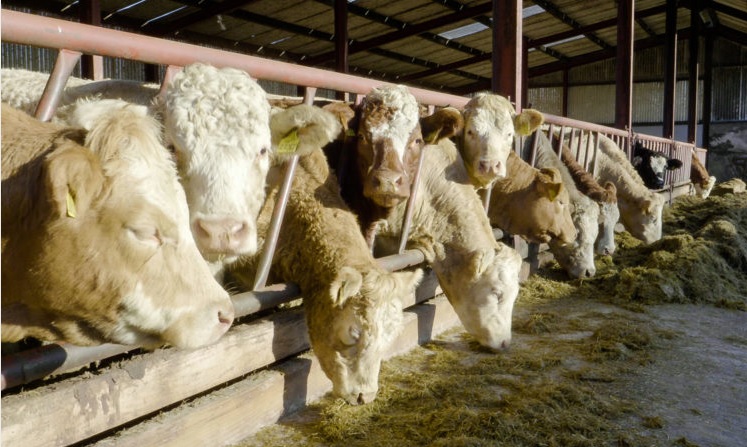Liver fluke can be a major threat to beef farms, especially during the winter months.
As housing has been taking place over recent weeks, farmers should be drawing up their dosing strategies now in order to plan how they are going to reduce the impact of internal parasites on cattle’s thrive during the winter months.
A liver fluke infestation will not only result in animal losses, but also reduce financial gains on the farm. These losses can occur in a number of ways such as poor growth rates; clinical disease; reduced production; liver condemnations; and death.
This should be a major animal health concern for farmers that are finishing cattle.
Farmers focus on having an animal’s diet nutritionally balanced to achieve high performance; yet if they neglect the treatment of liver fluke – they are essentially feeding concentrates to an animal with potentially severe liver damage and therefore have reduced performance.
There are a number of flukicides which kill liver fluke at different stages of maturity.
In order for farmers to adopt a more targeted approach they will need to know what stage is likely to be affecting their herd and then use the appropriate drug.
This will avoid the overuse of anthelmintics and reduce potential resistance.
Dosing Strategy
The majority of flukicide products available to farmers are aimed at killing adult or immature forms of liver fluke.
According to Teagasc, triclabendazole is the only treatment that has activity against early immature fluke, however, cases of resistance to these products have been noted.
It is advised to use a drench containing triclabendazole in the third week post housing as it should kill all fluke in the animal. To test the effectiveness of this treatment, dung sampling is advised eight weeks after dosing.
Products containing Closantel, Rafoxanide and Nitroxnil will eradicate any fluke that is over seven to eight weeks-of-age, but this will vary between products.
If farmers decide to use these products as their first go-to flukicide, three weeks after housing, it will not kill the early maturing fluke. This will result in having to retreat these animals again a further five weeks later.
Albendazoles, Clorsulon and Oxyclozanide products will only target mature fluke (10-12 weeks old), this being fluke which have left the liver and reached the bile duct.
For farmers treating finishing animals, they need to take note of the withdrawal date of products which are going to be used to avoid delaying the animal’s slaughter date.
Article by Michael Carey, Agriland






